Dodge Charger Through the Years
Let’s look back at the Dodge Charger generations through history to see how the NASCAR racing two-door coupe turned into a 4-door tire melting beast.
An Ever Changing Muscle Car
You may know the Dodge Charger as the 4-door sedan rental car with a Hemi in it. Since 2006, Dodge has been producing cars with the name Charger, but the purist would say a Charger would never have 4 doors. And it definitely wouldn’t be a family hauler. But has it lost its power? Do 797 HP and a 0-60 of 3.6 seconds sound strong? How did we get here? Let’s look back at the Dodge Charger generations to see how the NASCAR racing 2-door coupe turned into a 4-door tire melting beast.
First Generation (1966-1967)

1966 Dodge Charger – fcanorthamerica.com | Shop Dodge Charger on Carsforsale.com
- The first Dodge Charger generation was named after a concept car.
- First-generation Chargers began with a swept-back roof design and a C-pillar notch that you see in today’s car.
- The Charger, and sister the Coronet, was built to answer what GM was doing with its new muscle cars at race tracks.
- Engine options were a 5.2-liter V-8 making 230 hp; a 5.9-liter V-8 with 265 hp; a 6.3-liter V-8 with 265 hp; and, most importantly, a 426 cubic inch 7.0-liter Street Hemi V-8 with 425 hp and 490 lb-ft of torque. A 440 cu in (7.2 L) 4bbl RB V8 was introduced in 1967.
- Only 468 Chargers were sold with the 426 engine.
- At 3,500 pounds, the first Dodge Charger generation wasn’t the lightest of cars.
- The 1966 Charger was the first U.S. production vehicle to offer a spoiler. The spoiler was used on the NASCAR Charger to help with downforce and traction at speeds above 150 mph.
- David Pearson won the 1966 NASCAR Grand National Championship with the spoiler on his Dodge.
- The 1966 Charger had a base price of $3,122. An average condition version sells for around $12,000 to $18,000 in 2020.
Second Generation (1968 – 1970)

- A new redesign with a “flying buttress” roof replaced the fastback. This became the Dodge Charger generation that people remember.
- Dodge designer Richard Sias combined a double-diamond coke bottle profile with curves around the front fenders and rear quarter panels. Harvey J. Winn drew up front and rear designs.
- Inside the 2nd generation Dodge Charger, bucket seats were replaced with a fixed bench seat. Other sport-oriented items, like the tach, were taken out or made optional.
- After little success in stock car racing with this generation, Dodge created the more aerodynamic Charger 500 and Charger Daytona.
- The 1968 film Bullitt helped make the Black Charger R/T a household name for its notable car chase sequence alongside the 968 Ford Mustang GT driven by Steve McQueen through the streets of San Francisco.
- The 1968 model year Charger sold 96,100 units, including over 17,000 Charger R/Ts. Six 1968 triple-black Charger R/T’s were built by Dodge (black paint- black roof-black interior).
- A new SE edition was added as a separate model and R/T SE model.
- The Charger SE had leather inserts on the front seats, a wood grain steering wheel, wood grain inserts on the instrument panel, and chrome rocker moldings at the bottom of the doors.
- A sunroof was offered for the first time in 1969, but only 260 cars were sold with that option.

- A 1969 Dodge Charger named “General Lee” starred in the 1979-1985 Dukes of Hazzard television series.
- The Charger 500 was built to win races in NASCAR against the Ford Torino Talladega and Mercury Cyclone Spoiler. It had a rear window flush with the bodywork and a Coronet grill to help with aerodynamics. It was not successful in racing.
- In April of 1969, the Dodge Charger Daytona was introduced with its iconic pointed nose and 23-inch high rear wing to win races. It tested at an amazing 205 mph at Dodge’s Chelsea, Michigan Chrysler Proving Grounds.
- The Charger Daytona and identical twin Plymouth Superbird dominated NASCAR until the 70s when “aero cars” were banned from racing in the series.
- Only 503 Charger Daytona’s were produced as U.S. cars.
Third Generation (1971 – 1974)

- This Dodge Charger generation, with its updated split grille, spoiler, and semi fastback roofline design, was popular with the public.
- Because of emission regulations, Hemi production was stopped at the end of 1971.
- Engine choices were the 3.7-liter I-6, a 5.2-liter V-8, a 6.3-liter V-8, and the 7.2-liter Magnum V-8
- The Dodge Charger and Coronet were merged. The Coronet was the 4-door version, and the Charger was the 2-door coupe.
- Six packages were available in the 3rd Dodge Charger generation, including the 1971 Charger Super Bee and the Charger R/T. Dodge also offered the Charger 500, but it was no longer a true performance model but just a badge.
- In 1973, hidden headlights were dropped as an option.
- Also, in 1973, the Charger bodywork was wider, longer, and taller.
- The 3rd Dodge Charger generation was the first generation to have 5-mph bumpers and other federally mandated safety equipment.
Fourth Generation (1975 – 1977)

- Changing consumer preferences and tightening emission controls caused the 4th Dodge Charger generation to move into being a personal luxury car and away from a performance car to enthusiasts’ dismay.
- The four models were now: the base model, which was later dropped, the Charger Sport (formerly the Dodge Coronet 2-door model), Charger SE, and the Charger Daytona.
- The interior had faux woodgrain and vinyl seats. Luxury cloth seats were an option.
- This Dodge Charger generation was one of two NASCAR stock cars to ever race in the 24hrs of Le Mans in 1976. It was modified with headlamps, tail-lamps, and windshield wipers.
- In NASCAR, Dodge teams received permission to run the 1974 Chargers instead of the new boxy design until the Dodge Magnum was ready to race in 1978.
Fifth Generation (1982 – 1987)

- After a lengthy sales break, the bloated Dodge Charger generation of the mid-’70s was reborn in the form of a front-wheel-drive hatchback economy car with a Volkswagen built 1.7 liter 4-cylinder engine producing a shockingly low 70 HP.
- The 5th Dodge Charger generation was designed and engineered by the European Chrysler segment of the company.
- The 1.7 liter was replaced in 1984 by a Peugeot-built 1.6L I4 making 64 HP. There was also a 2.2L I4 engine developed that made 94 HP.
- A 5-speed manual came standard, and a 3-speed automatic was optional.
- Even though a Shelby version of this car had some interest, most 5th gen Chargers were crushed or scrapped. It would be 19 years before we would ever hear the Charger name again.
Sixth Generation (2006 – 2010)

- In 2005, Daimler-Chrysler re-discovered rear-wheel drive and, more importantly, horsepower with the Dodge Magnum and Chrysler 300 models.
- The corporate parent gave Dodge a smaller sedan and called it the Dodge Charger … a sedan. But at least the name was back, and it was rear-wheel drive.
- The Coke bottle curves were back in the design, and also back were the muscle car proportions that befit the name of Charger.
- Dodge attempted to design this Dodge Charger generation reminiscent of the 1960s and 1970s models with taillights and the new stamped hood and side panels.
- This Dodge Charger generation trims were SE, SXT, R/T, R/T with Road/Track Performance Group, Police, and Daytona R/T versions. This Daytona version didn’t have a pointed nose or tall rear wing.
- The entry-level SE trim included a 250 HP 3.5L V-6 engine, and the R/T trim featured a 5.7L Hemi V-8 mated to a 5-speed transmission that produced 340 hp.
- The top dog was a Charger SRT8 model with its 6.1L Hemi V-8, producing a 1960’s style 425 hp.
- The Charger Daytona R/T package added a spoiler, extra graphics, thick anti-roll bars, returned steering, increased horsepower to 372 on the Hemi V-8, and added an optional all-wheel-drive on V6 and V8 models.
- The Charger Super Bee became available in 2009, paying tribute to the Super Bee of the early ’70s.
- In 2012, the 6.1L V-8 engine was rated at 470 hp, and Dodge added an 8-speed auto tranny.
Seventh Generation (2011 – Present)

2011 Dodge Charger – fcanorthamerica.com | Shop Dodge Charger on Carsforsale.com
- More aerodynamic and aggressive styling began with the 7th generation. The interior was also modernized.
- Stride and rear styling cues are reminiscent of the 1968-1970 models.
- The SRT-8 was dropped for the 2011 model year.
- From 2012 – 2018, the Super Bee/ScatPack option was available, using features seen in the discontinued SRT-8 and added 70’s style badges.
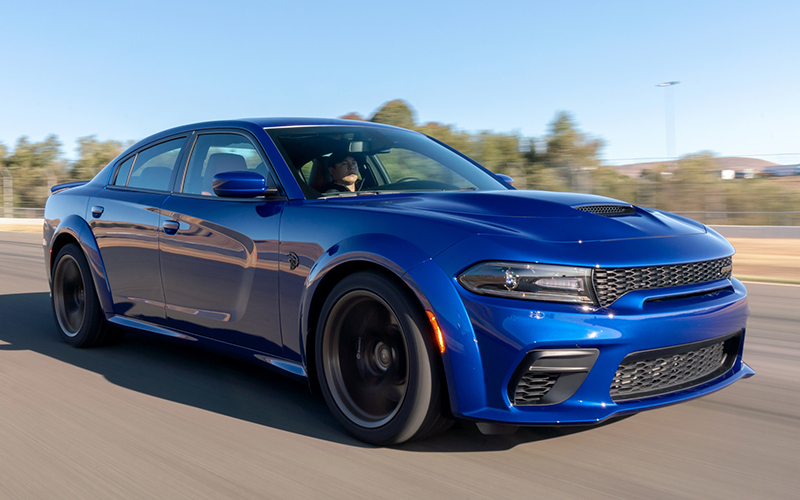
- The huge engine lineup ranges from the base V6 to the road ripping Charger SRT Hellcat.
- That Hellcat engine is a 6.2L V-8 that produces a jaw-dropping 707 hp.
- This Dodge Charger generation featured the expected 8.4-inch screen, Uconnect infotainment, navigation, heated and cooled seats, WiFi, voice texting, USB, SD card slot, and more in modern Chargers.
- Available safety features include adaptive cruise control, lane-keeping assist, lane departure warnings, rain-sensing wipers, forward collision alerts, and more.
- For 2020, the Charger Hellcat is now standard as a “widebody” that houses a new and improved tire and suspension package.
- A new model is the Hellcat Redeye that comes standard with a 797-hp V8 engine.
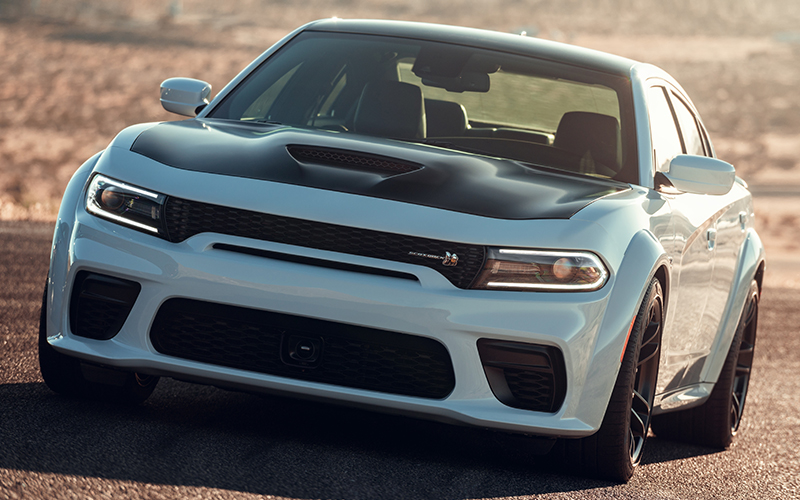
2021 Dodge Charger – fcanorthamerica.com | Shop new Dodge Charger on Carsforsale.com


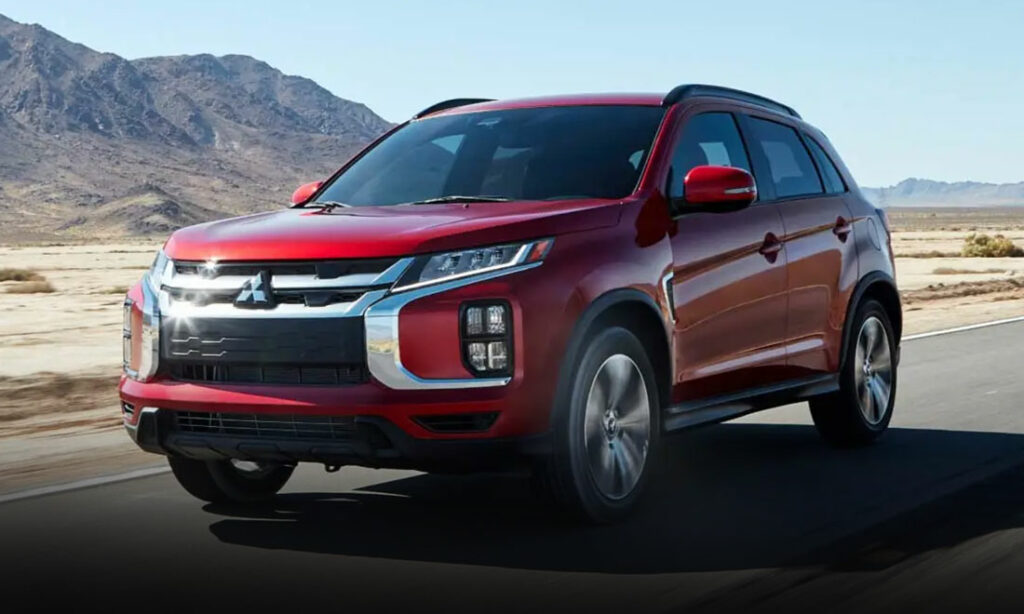
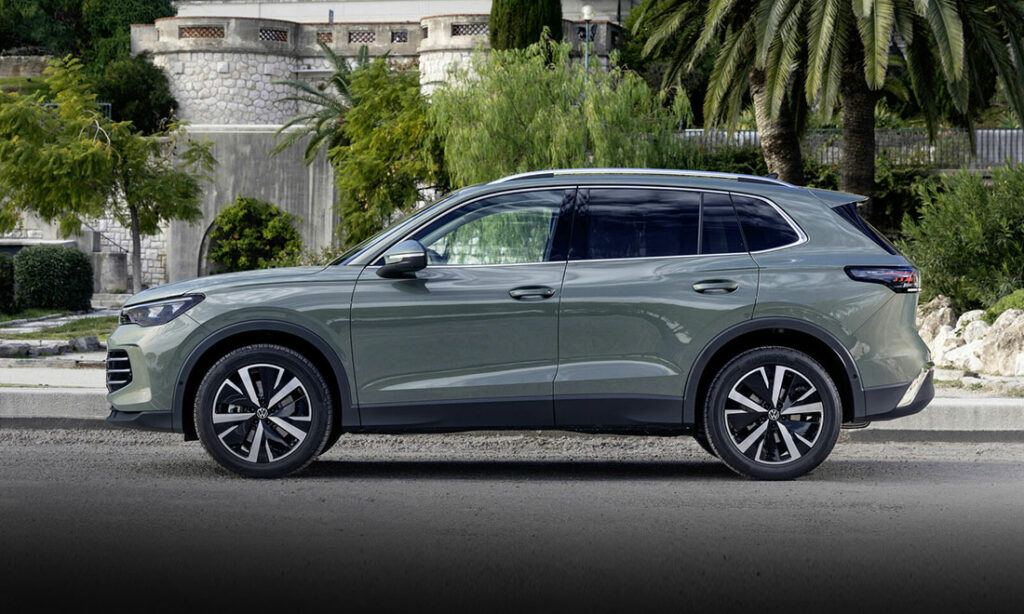
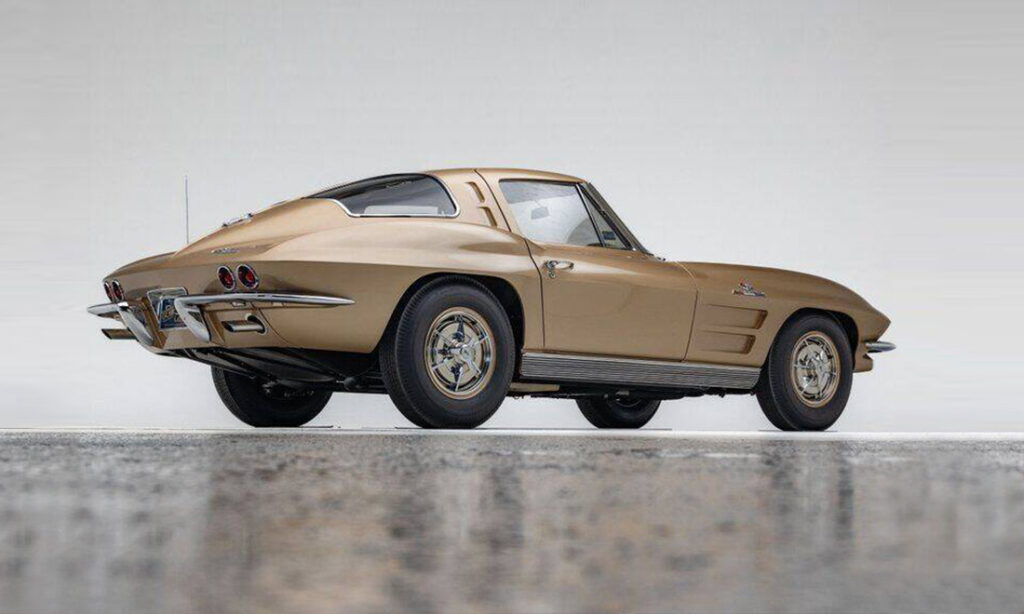

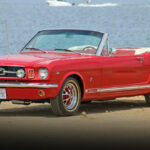








Biggest problem with the new Generation chargers is they should be TWO door not FOUR door ….
Thanks for sharing!